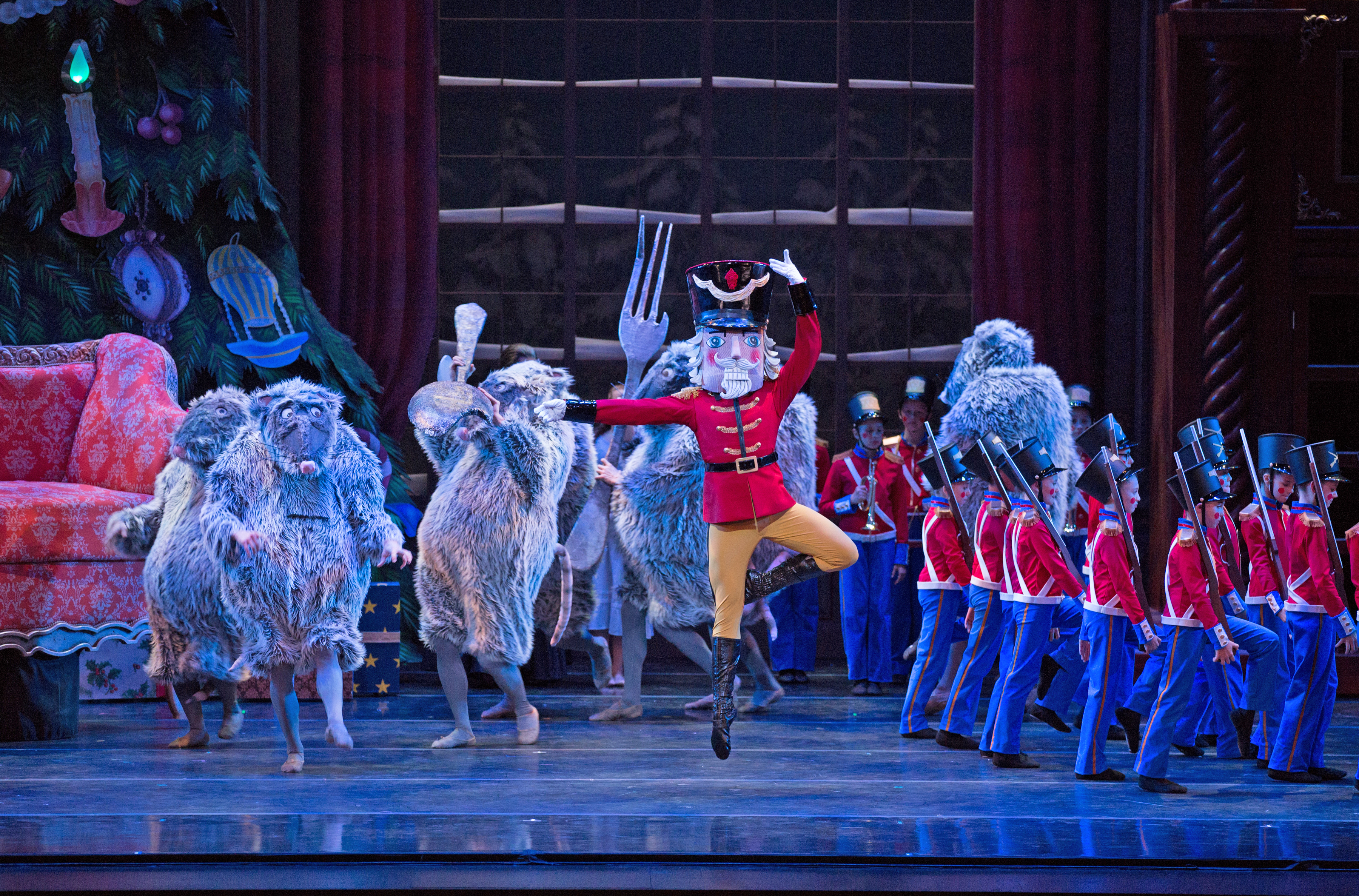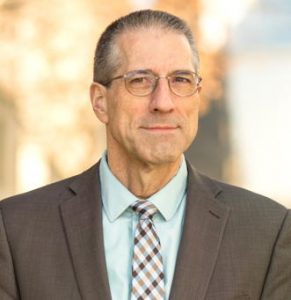IN REVIEW: Soprano’s Harriman-Jewell recital demonstrates intelligence, vocal brilliance
Renée Fleming’s program on October the 9th was two recitals in one, the first a hugely intelligent exploration of the early-20th-century German and Austrian lied, the second a generous serving of mostly Italian arias that shone light on a variety of operatic heroines. It was a worthy demonstration of two dynamics of Renée’s character: the intellectual curiosity that has made her career so fascinating to observe and the naturally magnificent instrument, certainly one of the greatest female voices of modern times. If the second “half-recital” offered up plenty of the excess of vocal affect that Renée’s detractors love to hate, the first was one of the most musically rewarding recitals I can remember. (I should say up-front that the chaotic early-20th century is one of my favorite musical eras.) The Folly Theater was packed to capacity for this Harriman-Jewell Series recital, during which the soprano gamely picked up a microphone and chatted about the songs before each set — with down-to-earth wit and impressive knowledge.
Atonality didn’t appear overnight, it unfolded gradually from the chromatic rough-and-tumble of late Romanticism. One could draw a line from Wagner’s Tristan through Mahler, Zemlinsky, Strauss and early Schoenberg to arrive almost logically at the 12-tone series. The fascinating thing about the set of songs that Renée and her savvy pianist Bradley Moore had selected here was that it allowed us to hear with our own ears tonality’s gradual disintegration: It was still basically intact in Mahler’s Rückert-Liederbut was coming apart at the seams in Zemlinsky’s Fünf Lieder and Schoenberg’s “Jane Grey.” Renée was at her best here, showing off the marvelous range of subtle colors that don’t always come across fully in a huge house like the Metropolitan Opera. Here in the intimacy of the Folly we could hear, in the first song (“Ich atmet’ einen linden Duft”), the shift from brightness to a mysterious hooded tone when the harmony modulated, or the sort of gutsy confidence with which she imbued “Ich leb’ allein in meinem Himmel” (from “Ich bin der Welt”). Bradley expertly filled in Mahler’s spare textures with warm, nearly orchestral-sounding accompaniments, and here as elsewhere showed himself to be a consummate, well-rounded musician. In the Zemlinsky songs Renée moved from tender cajoling (“Vorspiel”) to abrupt passion (“O zürne nicht”) and lively histrionics (“I am yours!”).
The German set continued into the second half, which brought a “costume change” as well. Crimson and white gave way to a sort of midnight purplish-blue with black — perfect colors for Schoenberg’s murky ballad (“Jane Grey”), which she sang with supple, heavy-hearted tragedy. Three songs by Korngold brought the German group to a close, where we heard what might have happened to Schoenberg if he’d written for the movies. One felt an almost spiritual connection to this showier side of 20th-century lied — over-the-top music given warmly over-the-top renderings.
Planted squarely in the middle of the German group was a set of four Rilke settings (in English) by the American pianist-composer Brad Mehldau. The first I found static and lacking in forward-motion (“I love you, gentlest of ways”), but the rest of this attractive set — which Brad wrote expressly for Renée on commission from Carnegie Hall — juxtaposed drama, wit, jazzy rhythms and Ives-like piano interludes. (Renée and Brad have recorded the set for Nonesuch.)
The Italian arias of the “second recital” were so abruptly different from what had gone before that you could almost hear the transmission grinding as we shifted gears. Restraint and deftly hued German gave way to excess and bravura, swoops and swells. True, “Donde lieta uscì” from La Bohème was aptly glowing and Leoncavallo’s “Musette svaria” was suitable frothy. But Giordano’s “Troppo tardi” from Fedora pushed the affect a bit far, and in “O mio babbino caro” (the first of five encores) Renée wrenched the line every which way but loose. It’s as if the more familiar the music is to her, the greater the need “interpret” it, perhaps partly to keep up her own interest. In “Měsíčku” from Rusalka, Dvořák’s simple, straightforward tune was yanked and twisted so excessively that it lost virtually all sense of a “long line.” Bernstein’s “Somewhere,” instead of restfully long-breathed, felt overwrought, hesitant, even draggy.
But none of this erased the memory of the German portion of the program, in which I had the sense that I might never hear this music sung better. Renée’s voice is at its magnificent prime — she is an amazingly youthful 51 — with a warm, rounded top and splendid colors through its range. The sharp intelligence completes the picture, at least in the proper repertoire. It’s ironic when the lied portion of a famous opera singer’s recital is artistically so much more fulfilling than the aria portion. At the same time it is no exaggeration to say that, as a result of Renée’s approach to these German songs, I understand the early-20th-century lied more fully than I did before.
Features

By Paul Horsley David Ludwig knows better than to attach a “back-story” to a piece irrevocably, although he has openly stated that his new Violin Concerto was inspired by his…

By Paul Horsley Each production of The Nutcracker is to some extent a balancing act between spectacle and dance. At best it seamlessly integrates the colors and stagecraft that keep…

By Paul Horsley The Lyric Opera of Kansas City deserves applause for taking on an opera in Czech for the first time in its history, but the opening performance of…






